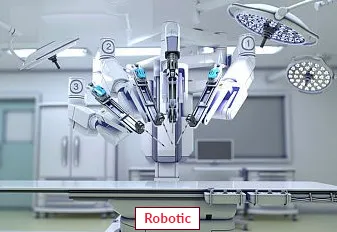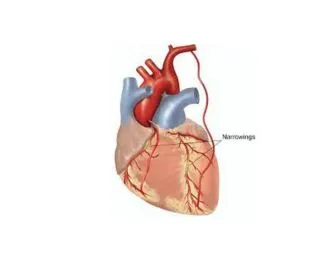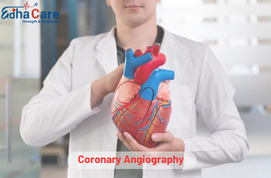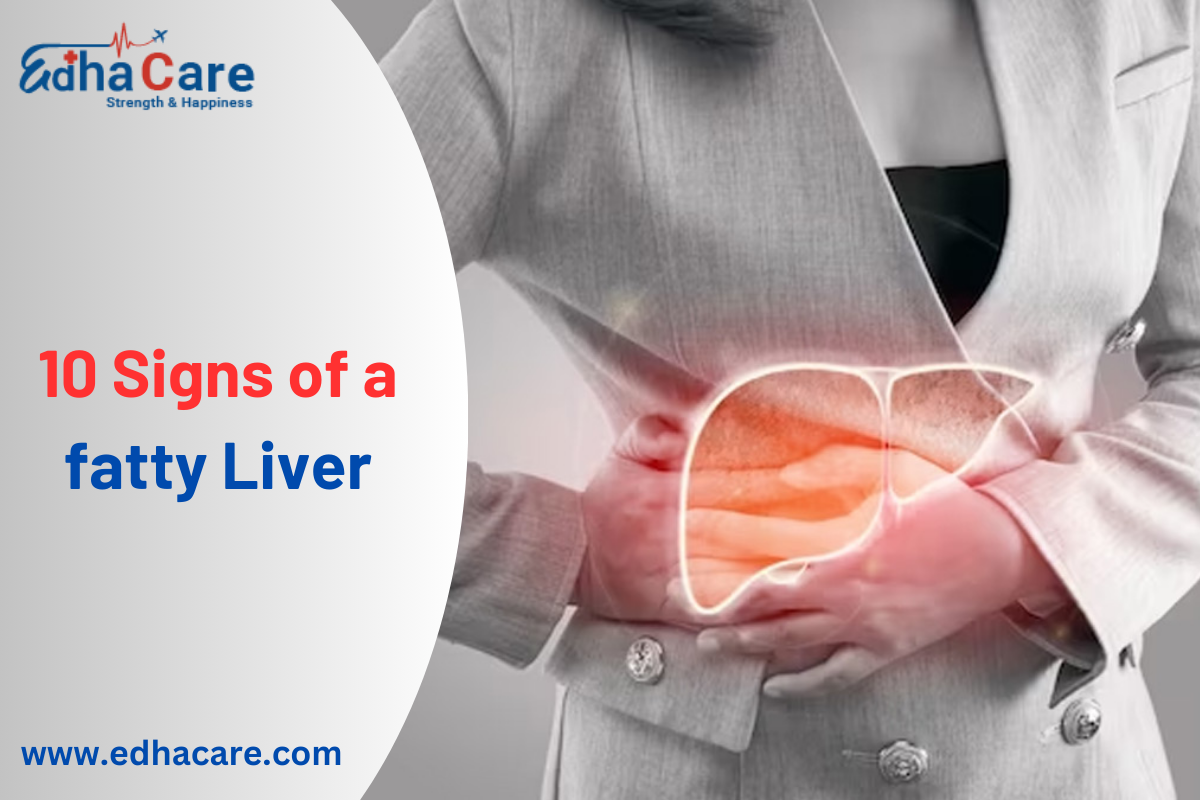Coronary Artery Disease

Coronary artery disease (CAD) limits blood flow in your coronary arteries, which deliver blood to your heart muscle. Cholesterol and other substances make up plaque that narrows your coronary arteries. Chest pain is the most common CAD symptom. CAD can lead to a heart attack, abnormal heart rhythms or heart failure. Treatment for coronary artery disease usually involves lifestyle changes such as not smoking, eating healthy and exercising more. Sometimes, medications and procedures are needed.
Book an AppointmentAbout Coronary Artery Disease
Coronary artery disease treatment focuses on improving blood flow to the heart, reducing the workload on the heart, managing symptoms, and addressing risk factors associated with the disease. The treatment plan may vary depending on the severity of CAD, the presence of symptoms, and individual patient factors. It often involves a combination of lifestyle modifications, medications, and, in some cases, invasive procedures.
When the heart does not receive enough oxygen-rich blood, coronary artery disease signs and symptoms appear. Breathlessness and angina (chest discomfort) are symptoms of decreased blood flow to the heart in people with coronary artery disease. A heart attack can be brought on by a total obstruction of blood supply.
Procedure of Coronary Artery Disease
Coronary artery disease often develops over decades. Symptoms may go unnoticed until a significant blockage causes problems or a heart attack occurs. There are several treatment modifications that can be done to treat this cardiovascular disease. Treatment for coronary artery disease usually involves lifestyle changes such as not smoking, eating healthy and exercising more. Sometimes, medications and procedures are needed.
Lifestyle Modifications:
- Diet: Adopting a heart-healthy diet low in saturated and trans fats, cholesterol, and sodium can help manage CAD. Emphasizing fruits, vegetables, whole grains, lean proteins, and healthy fats is beneficial.
- Regular Exercise: Engaging in regular physical activity, as recommended by a healthcare professional, helps improve cardiovascular fitness, control weight, and lower the risk of CAD progression.
- Smoking Cessation: Quitting smoking is crucial for individuals with CAD, as smoking damages blood vessels and worsens the condition. Smoking cessation programs, medications, and support groups are available to help individuals quit smoking successfully.
Medications:
- Antiplatelet Agents: Medications such as aspirin or clopidogrel may be prescribed to prevent blood clots and reduce the risk of heart attack or stroke.
- Cholesterol-Lowering Medications: Statins and other cholesterol-lowering medications help lower LDL (bad) cholesterol levels, reduce inflammation, and stabilize plaques in the arteries.
- Beta-blockers or Calcium Channel Blockers: These medications may be prescribed to lower blood pressure, reduce heart rate, and alleviate symptoms such as chest pain.
- Nitroglycerin: Nitroglycerin is commonly used to relieve angina symptoms by relaxing and widening the coronary arteries, allowing better blood flow to the heart.
Invasive Procedures:
- Coronary Angioplasty and Stenting: This procedure involves inserting a catheter with a small balloon into the narrowed coronary artery. The balloon is inflated to widen the artery, and a stent (a tiny mesh tube) may be placed to keep the artery open and improve blood flow.
- Coronary Artery Bypass Grafting (CABG): CABG is a surgical procedure that involves using healthy blood vessels (grafts) from other parts of the body to bypass the blocked or narrowed coronary arteries. This restores blood flow to the heart and improves its function
Require Assistance?
Get A Quick Callback From Our Healthcare Experts
Other Specilities We Cover

Robotic Heart Bypass Surgery

Heart Bypass Surgery




